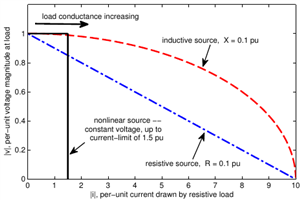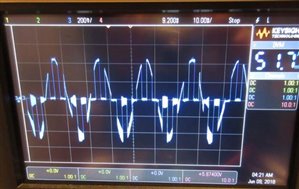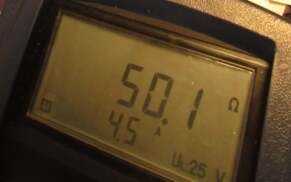It seems that nowadays it is acceptable across the board to calculate Zs.
mapj1:
A loop impedance test of the kind that uses the 50Hz AC supply and switches in a load and looks at the voltage drop will necessarily include all the same impedances, both real and imaginary, that will appear in a real fault, as that too uses the AC supply.
But how is that possible? The reactive component of voltage drop in the circuit being measured cannot be determined from an arithmetic subtraction of the voltage drop of the instrument test resistor from the supply voltage. As far as I understand it my MFT places a 59 ohm resistor as a dummy load, tries to establish the volt drop across it over a couple of half cycles and then determines the circuit “impedance” from the voltage difference between that and the supply voltage. Where the reactive component is pronounced surely that is not possible as the VD across the reactance is in quadrature.



We're about to take you to the IET registration website. Don't worry though, you'll be sent straight back to the community after completing the registration.
Continue to the IET registration site